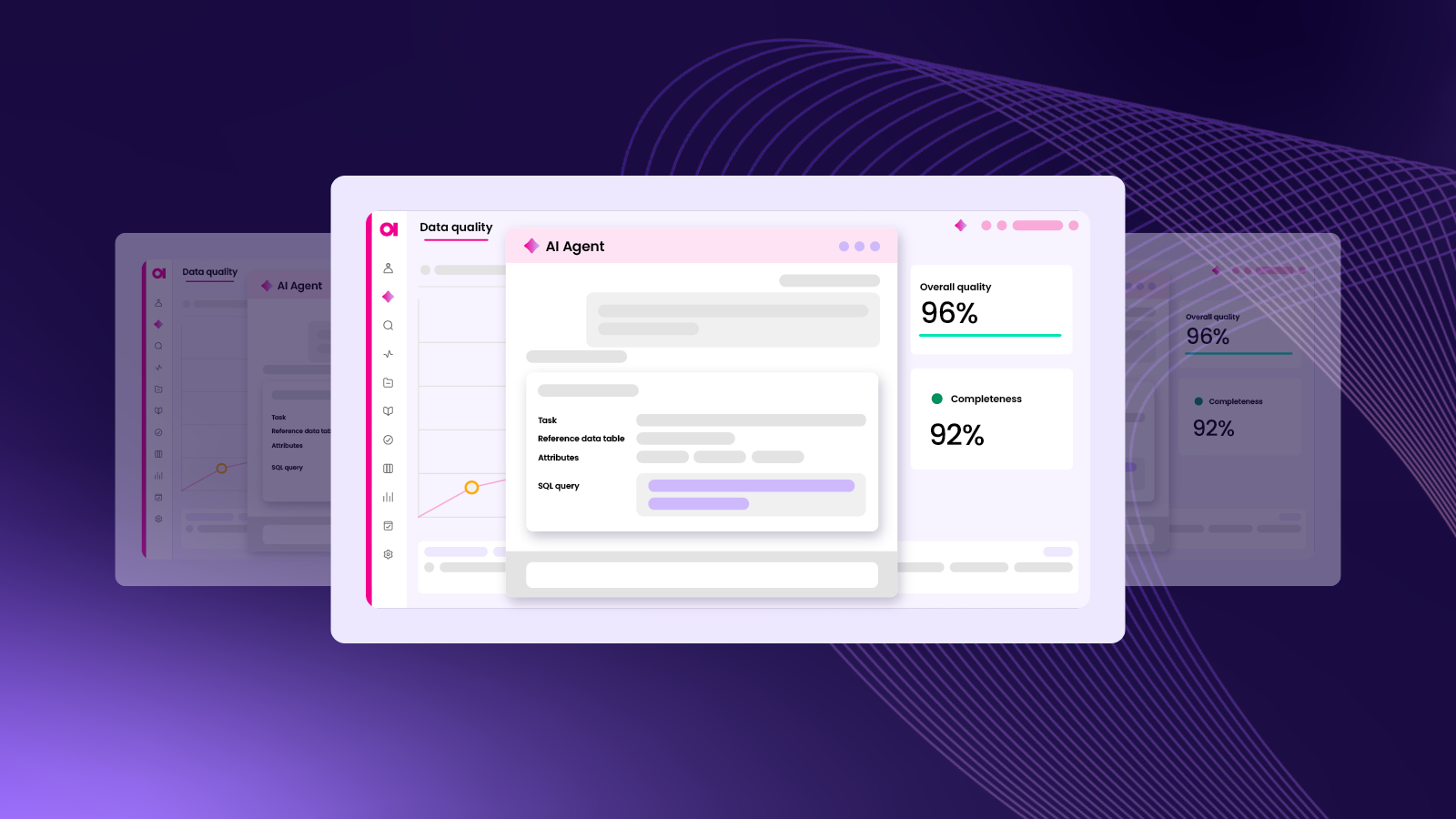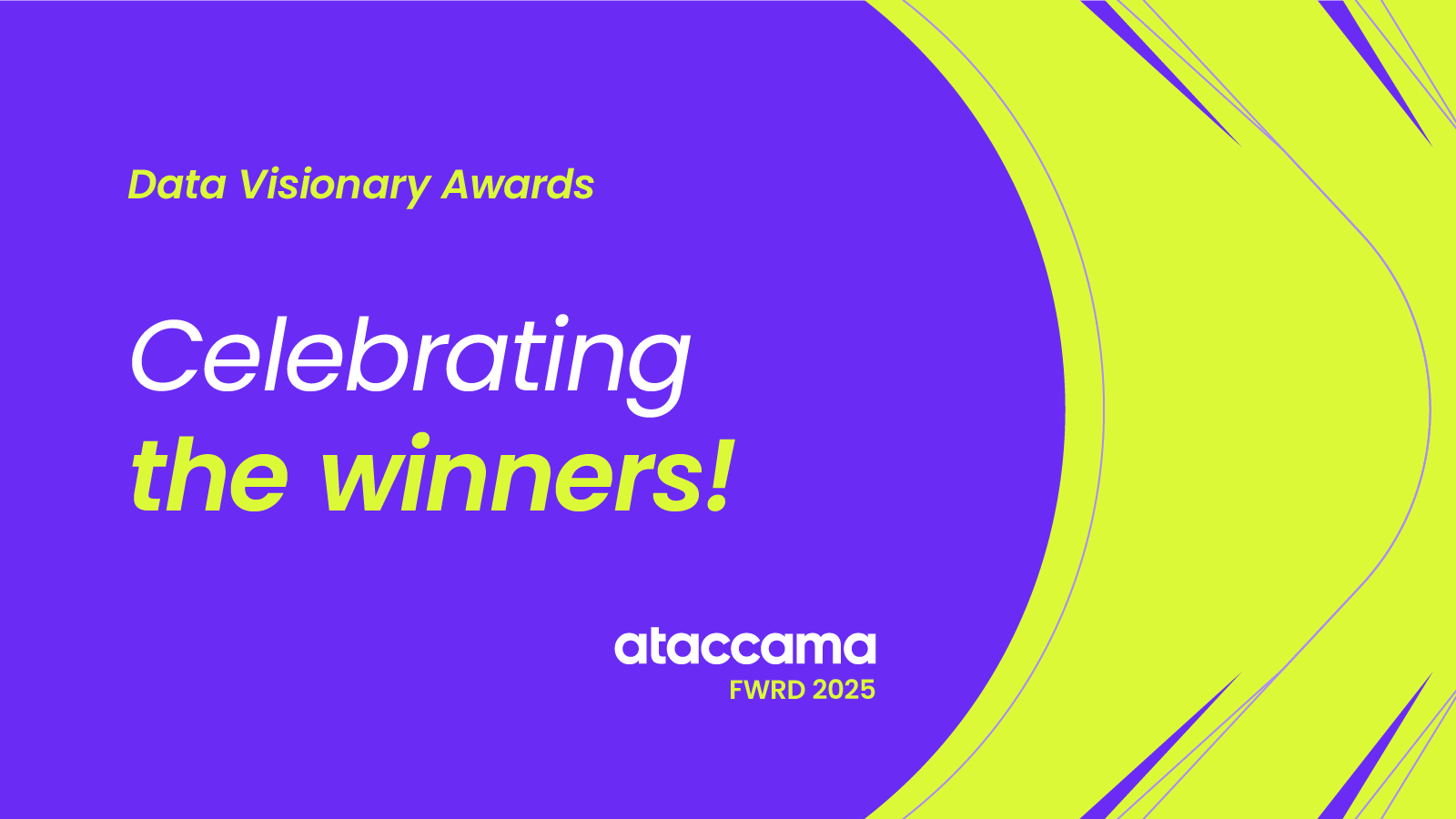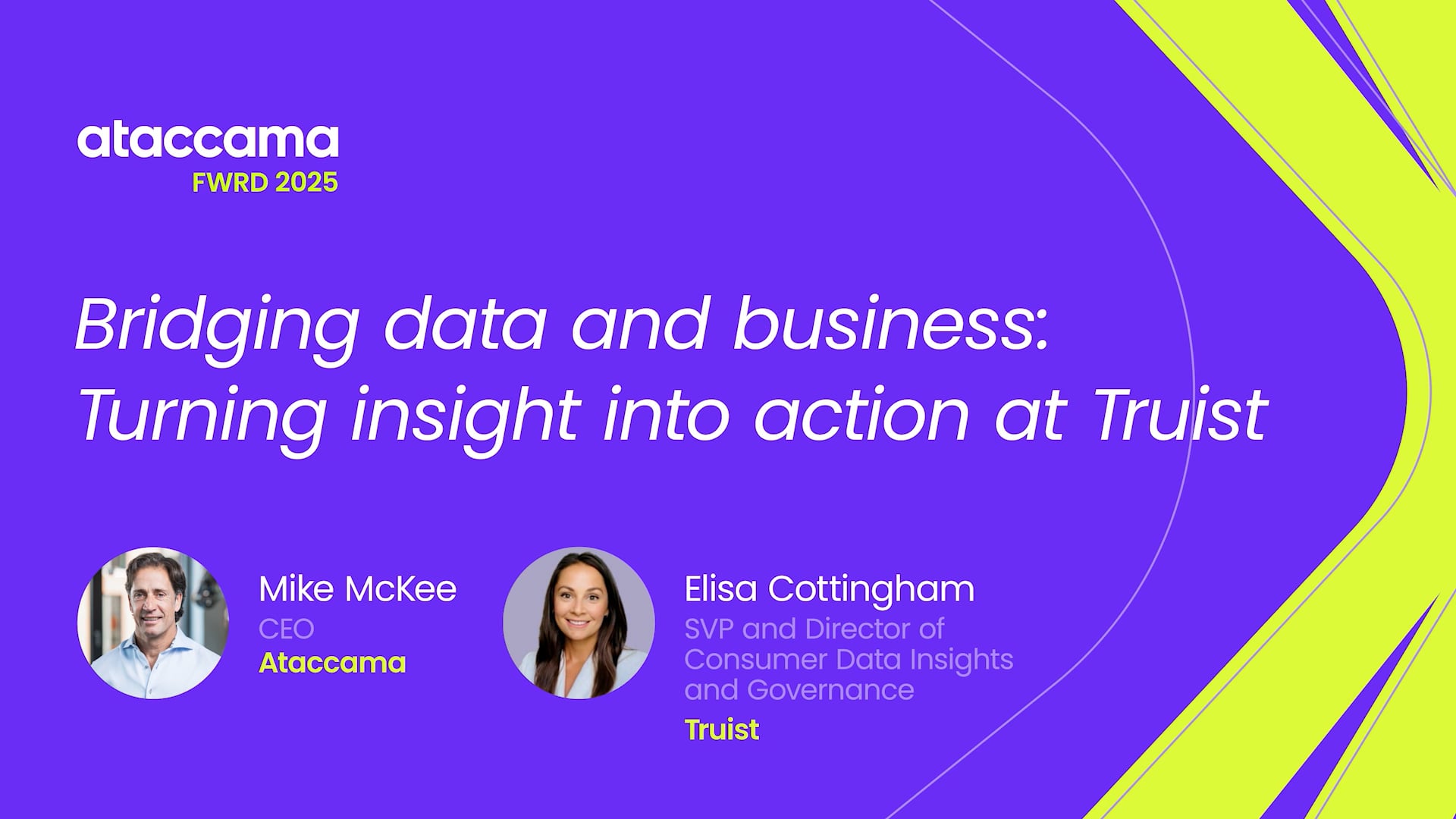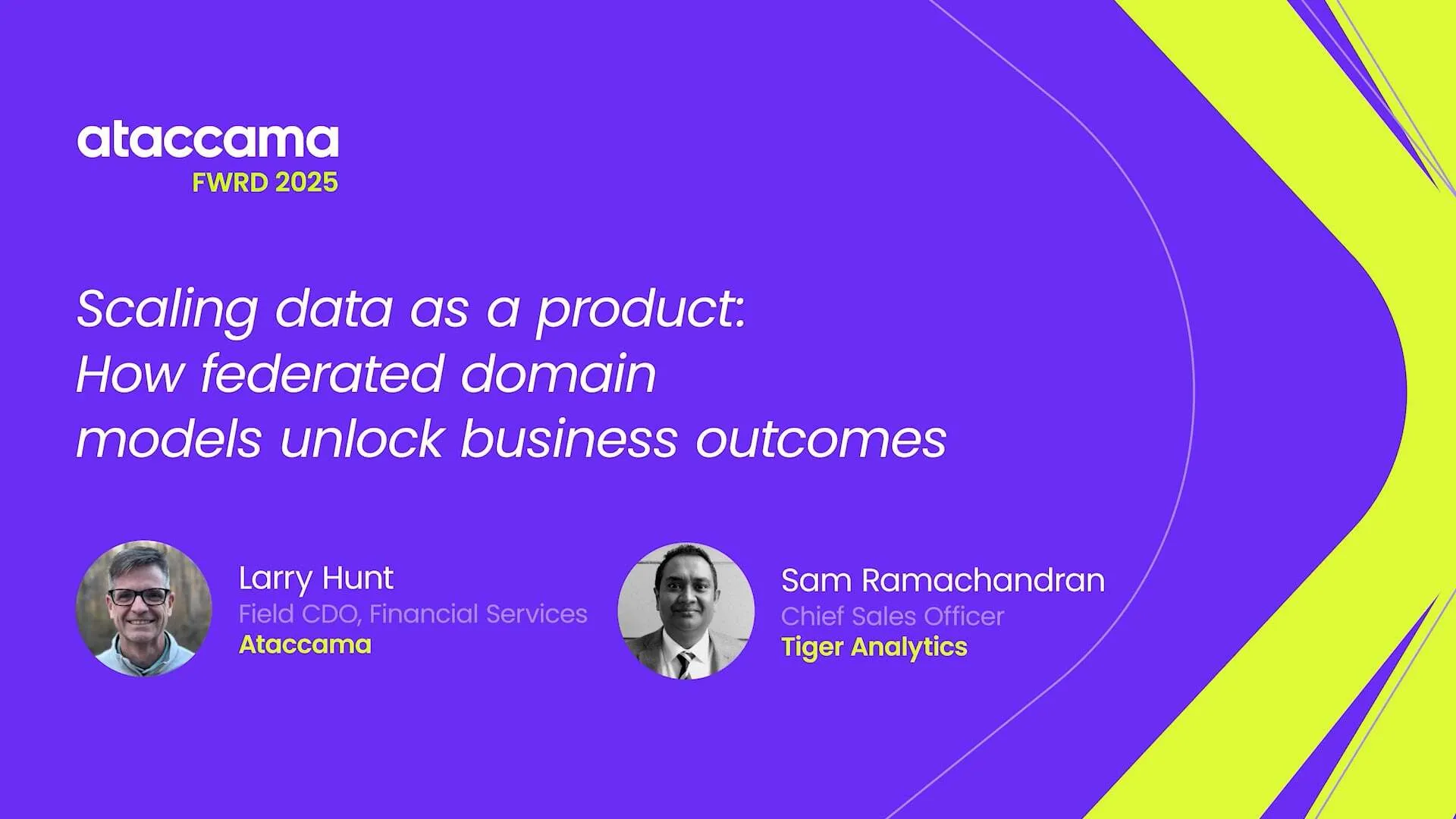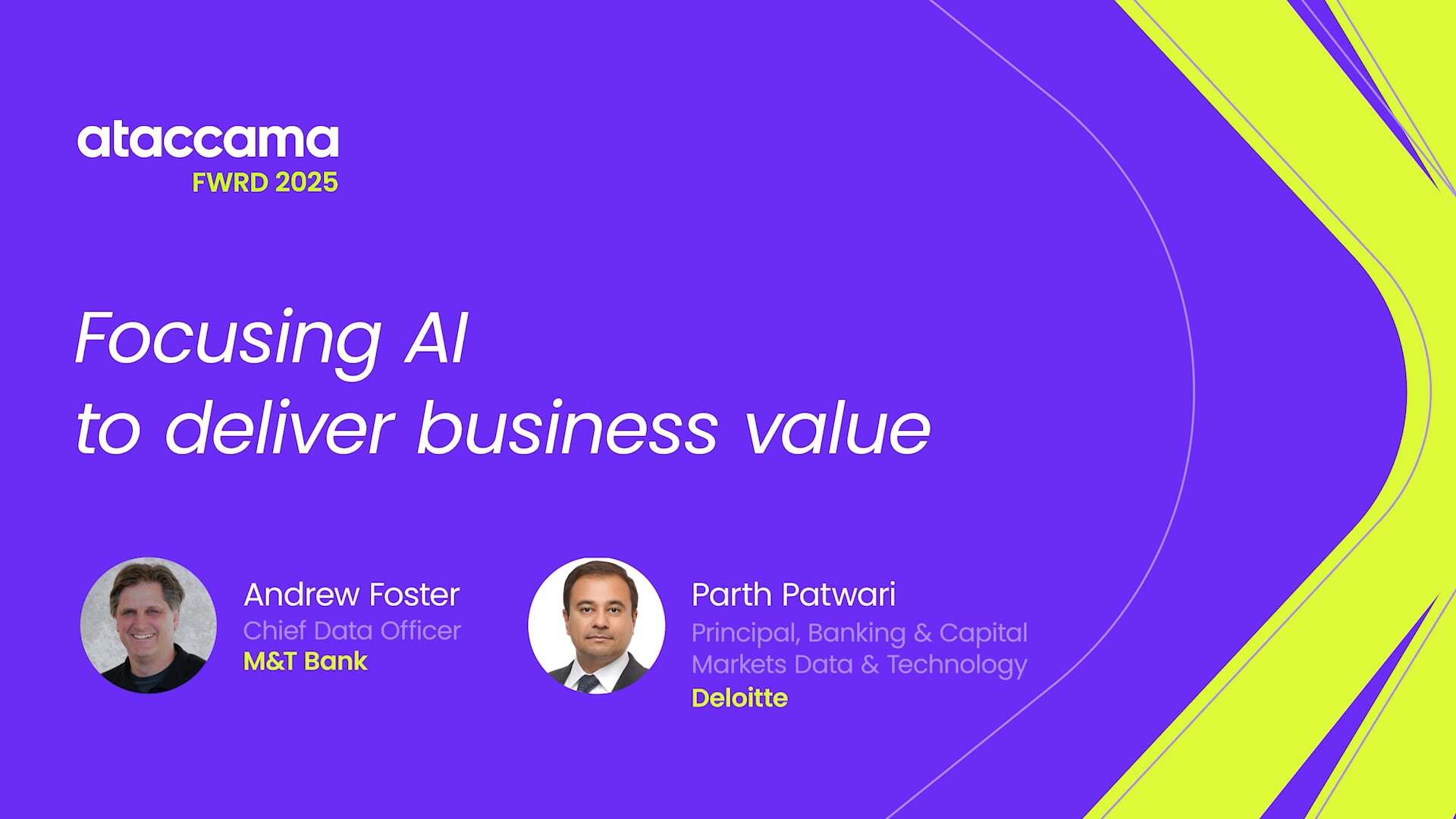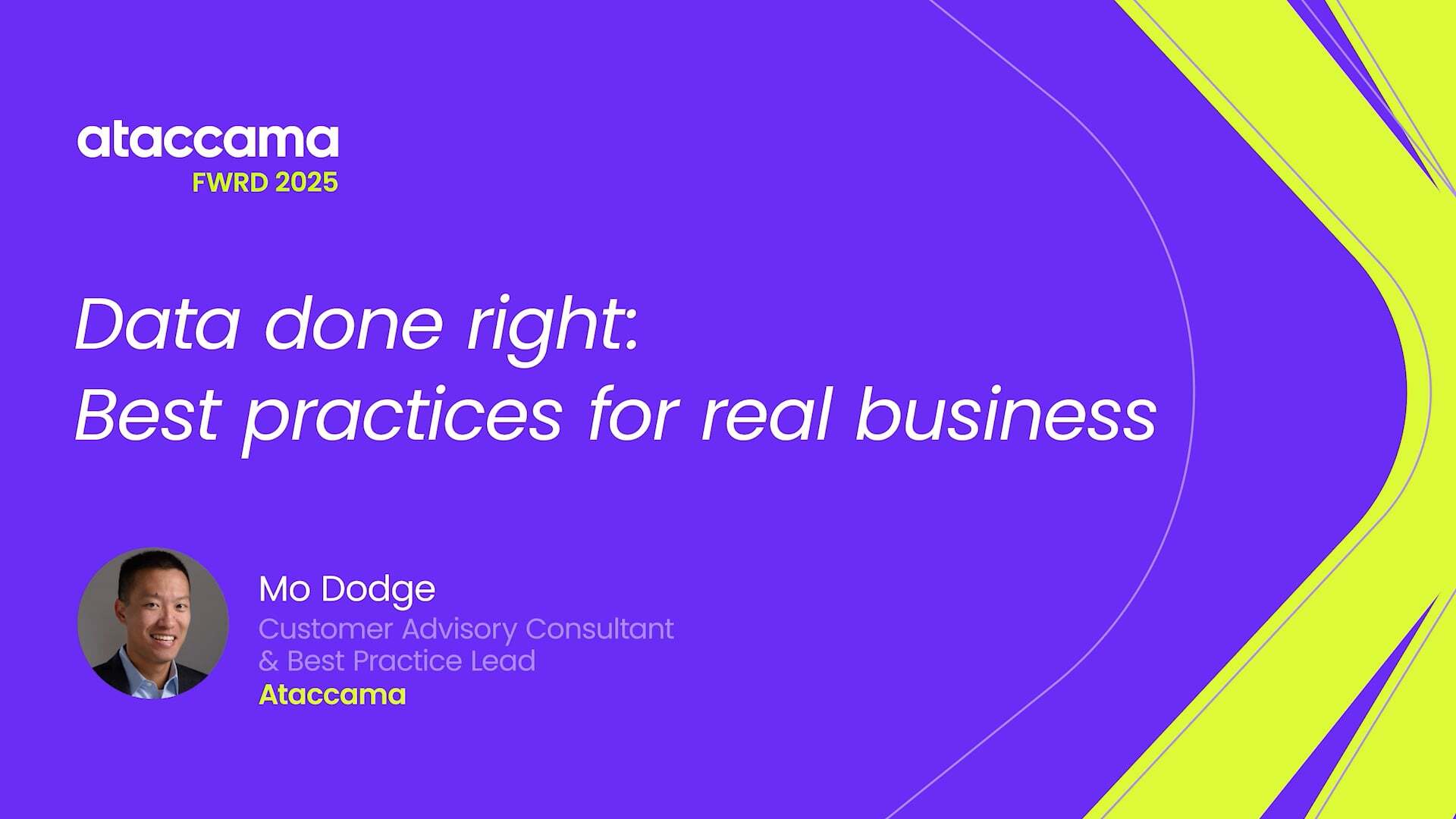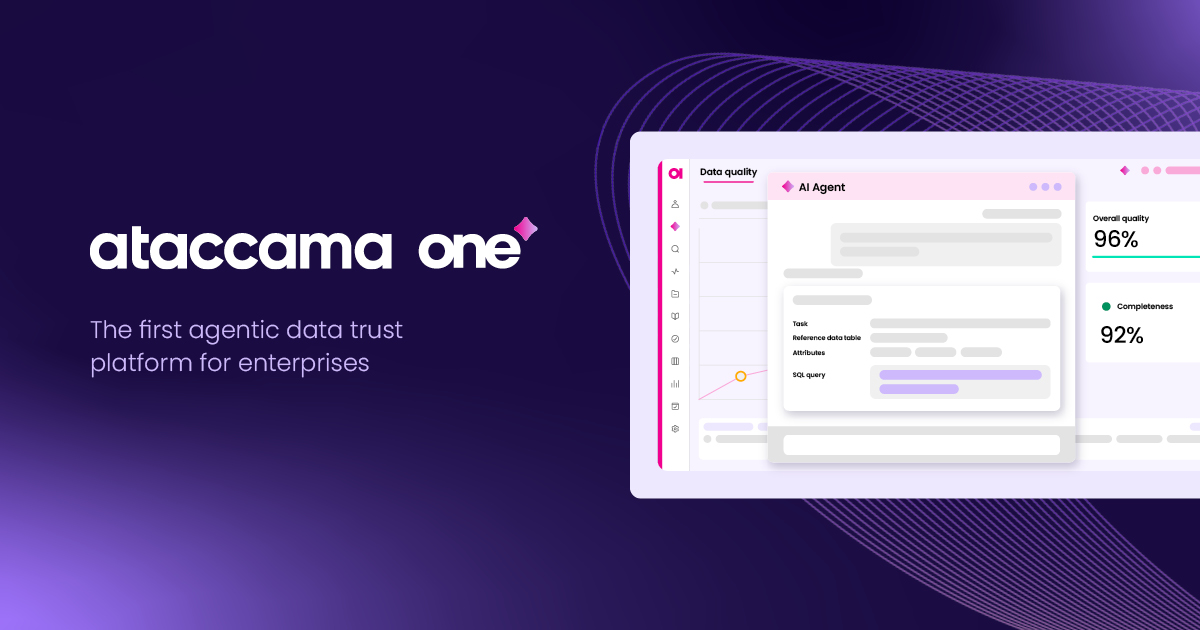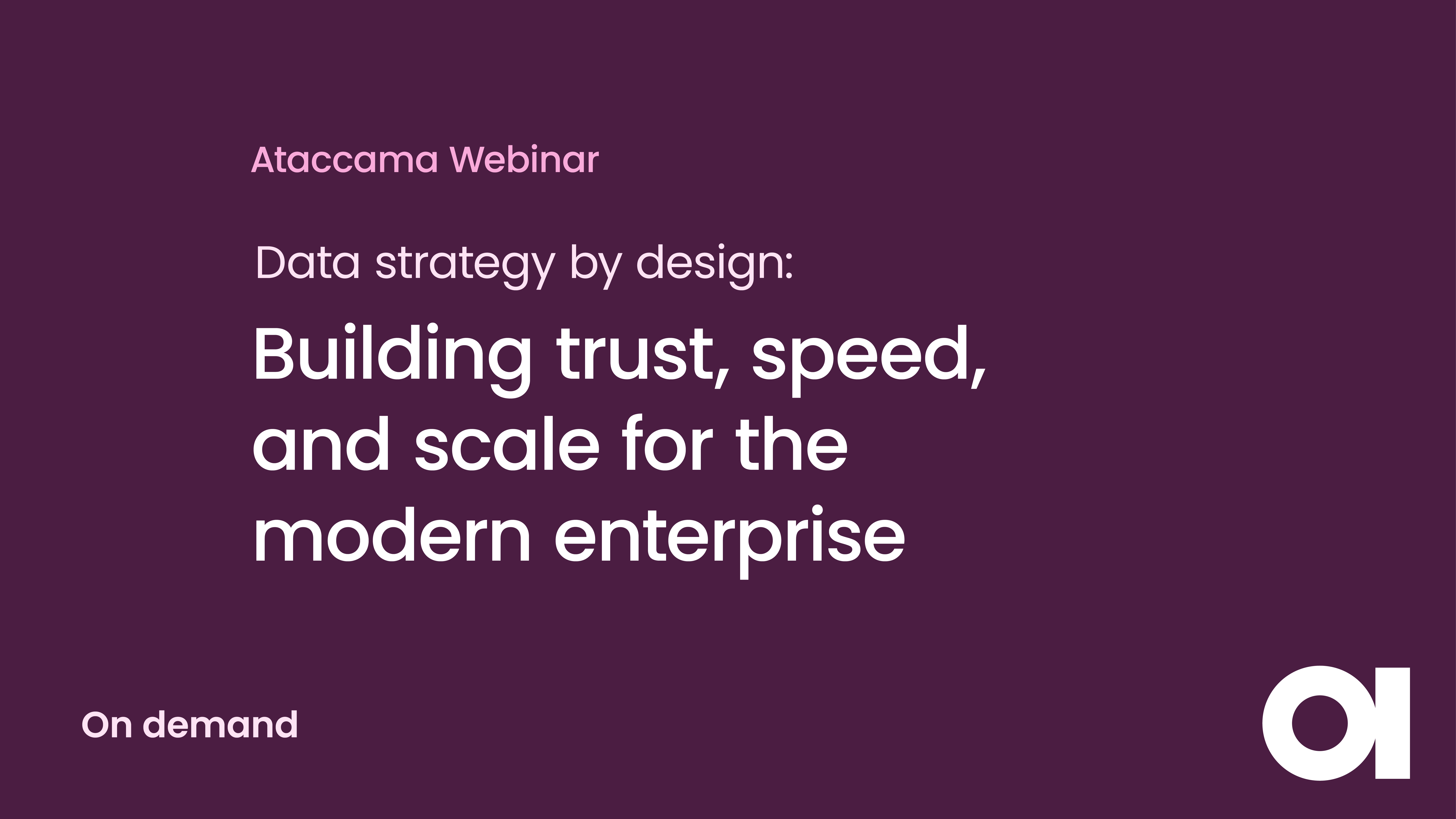Data observability use cases: real-world examples and benefits

Discover the most impactful data observability use cases for enterprises. Learn how Ataccama helps you detect, prevent, and resolve data issues at scale.
Data drives our modern world. But what’s the point of all the data that your business owns if you can’t see it, use it, or trust it? Data observability use cases give enterprises a chance to detect and prevent data issues at scale before they impact business operations.
What is data observability? It may seem like data observability is just another name for data quality monitoring, but not so. While monitoring helps keep tabs on the state of your data, data observability allows you to watch and understand how your data is doing at every stage of its journey.
Why data observability use cases matter
Modern data observability tools give organizations the ability to see their data from beginning to end of the data pipeline. This comprehensive picture can help data engineers save time in spotting and resolving errors, as well as give the organization a competitive edge in a marketplace that relies on speed and accuracy.
Organizations today are dealing with increasingly larger and more complex data sets. The larger the databases are, and the more front-line business operations rely on those databases for accuracy, the more important it is to have end-to-end visibility into the health of that data at any given moment.
Proactive control over data quality is at the core of data observability use cases. An out-of-the-box data observability solution can provide coverage across your entire data estate, providing base level monitoring that helps you prioritize quality efforts where they are most needed.
Common challenges enterprises face without observability
When an organization is managing large volumes of data without overall data observability, there are many pain points that can keep data stewards on the edge of their office chairs. Data observability use cases can help circumvent these pain points before they happen.
Consider a third-party application that your organization may pull crucial data from, such as a sales platform. If the third-party app suddenly enforces two-party authentication, and the person monitoring the inbox for that account is out for the day and doesn’t set it up in time, the reports that your internal database pulls regularly will be full of errors, potentially disrupting order fulfillment or customer service data down the pipeline.
Other common challenges that data observability can help with include detecting data quality issues such as anomalies and downtime, as well as data drift. It can also be used to flag data points that suddenly appear to be outside of historic value ranges, alerting your team to dramatic changes in prices, availability quantities, and more.
Key benefits of applying data observability
A comprehensive view of data has clear benefits for any organization.
Data observability allows you to find problems in your data before they impact your downstream supply chain. Fixing low-quality data before it is needed can resolve production issues and keep supply chains running smoothly.
Data observability tools can also improve collaboration and operational efficiency across the organization. Large businesses with many teams often see their data use cases become siloed, leading to inaccurate or inefficient reporting across the business.
In our world of ever-increasing AI-fueled competition, data observability tools enable automation possibilities by building quality data for machine learning to rely on. Organizations that aren’t AI-ready are sure to fall behind as the AI arms race continues.
Top data observability use cases
Data observability use cases will only grow in number and reliability as machine-learning increases in its capabilities. Top data observability use cases include faster data incident resolutions, increased data quality assurance, better compliance and governance, and overall pipeline monitoring. There’s also a growing capability where data observability can help with cost control across the organization. The most important data observability use case for your organization will depend on your industry, size, and priorities, but here’s some of the tools available to help your business thrive.
Root cause analysis and faster incident resolution
It’s one thing for your data quality solution to send an alert that there’s an error in your database, but what if your solution could pinpoint the lineage of the error so that data engineers can resolve the problem once and for all — as well as prevent future errors of the same type? Data observability offers the chance to see data lineage and resolve conflicts at their source, reducing downtime and freeing up staff to tackle bigger-picture projects.
Data quality management and trust in AI/ML models
Adding data observability to your data quality platform increases data quality management across the whole organization. Increased data quality also helps to poise your organization for success in using artificial intelligence and machine learning models as they develop. By ensuring you have quality data across the entire organization, you can step into using AI/ML models trusting that the analysis they will provide is accurate and useful because you already trust the data the models are using to make predictions.
Compliance, governance, and regulatory reporting
Data observability can increase your organization’s efficiency and compliance efforts by automating and monitoring the data most important to your business. Simplifying regulatory reporting as it relates to HIPAA, GDPR, CCPA, and more can help streamline data compliance and avoid fines associated with being out of compliance.
Business performance monitoring and optimization
Gone are the days when someone in the office had to spend hours pulling reports each week or month to check in on performance metrics. With continuous data observability, your organization can automate reports on a recurrent basis in order to see how your business is performing. Data observability can help you make informed decisions about how to optimize pieces of the business in real time, not a three-day data lag.
Pipeline monitoring and data downtime prevention
Continuously observing data pipelines to diagnose issues in real-time helps to resolve them in real-time, too. Data observability uses pipeline monitoring to check data accuracy, maintain reliability, and keep data flowing with as few hiccups as possible.
Industry-specific data observability use cases
Ataccama ONE offers data observability use cases across four specialized industries: Financial Operations, Insurance, Manufacturing, and Government and Public Service.
Financial operations (FinOps) and cost control
In the financial operations sector, data observability is indispensable. Data observability can identify opportunities to cross sell, highlight underutilized resources in order to eliminate waste, and improve customer service in an industry where service is the bottom line.
Boost efficiency in the insurance industry
The insurance industry is evolving at a cataclysmic rate. With AI-powered data observability, your insurance business can keep up. From simplifying compliance to helping prevent fraud, data observability can help insurance companies streamline their operations from underwriting to closing a claim.
Manufacturing made easier with data observability
Many manufacturing businesses today are built on intricate supply chains where materials are coming from multiple places, being tweaked or assembled, and then sent on to further destinations. When data observability is in place, supply chain managers can see their entire pipeline both upstream and downstream, so they can have up-to-the-minute data on what is on time, what is late, or what is missing altogether. With trusted data in place and available to view, managers can see where a lack of data may create future downtime, allowing them to plan ahead.
Govern better with trusted data
Data observability in the government and public sector can help to unite data across siloed departments in order to more efficiently manage city infrastructure and assets. Reliable data is key to fighting crime more effectively, managing costs, and serving citizens better.
Emerging and advanced use cases
With artificial intelligence and machine learning advancing at such a rapid rate, data observability use cases will only increase in availability and importance with time.
Imagine being able to predict when you’ll exhaust current organizational resources. Advanced data observability makes that possible. AI/ML models are able to forecast potential issues before they happen by analyzing historical data and making proactive predictions. They can also help prevent alert fatigue by learning to prioritize the most pressing issues, keeping data engineers focused on what really matters, not just which alert is most recent. AI-powered data observability can also self-adjust, potentially resolving supply chain issues without human involvement.
And more data observability use cases are emerging. AI doesn’t get it right every time, and data observability can be used to track the source of AI hallucinations back to their source content. When data can be trusted across an organization, employees can make their own data-driven decisions, rather than having to run them past a few key leaders at the top of the hierarchy, enabling organizations to pivot more quickly and take advantage of trends — or avoid speedbumps.
How to implement data observability use cases at scale
There are some key considerations for implementing a data observability plan:
- Investigate what data observability use cases make sense for your business. Where do you need help spotting errors before they cause problems? Do data engineers bring up the same issues over and over again at routine meetings? Do you struggle to retire data that is no longer useful to your business?
- Get key decision-makers and stake-holders on the same page. When first implementing a data observability plan, you can’t make everything a priority. Teams across the organization are going to need to agree on what metrics are most important to pay attention to, and what issues are most important to prioritize solving.
- Start small. Pick one team or silo and roll out your data observability plan there. Fine-tune it, and then roll it out across the organization.
- Create the right alerts and get them to the right people. Too many alerts will create alert fatigue, and too many people getting the alerts will create chaos.
- Make sure the alerts have context. Don’t let your system call for help without leaving a call-back number. Alerts should always include context so that data engineers can quickly get to the root of the problem and find a fast resolution.
- Keep the five pillars of data observability in mind. Your data observability tool needs to fulfill the five pillars of data observability, providing insights into your data’s freshness, distribution, volume, schema, and lineage:
- Freshness. This measures how up-to-date your data is, valuing entries that are the most recent and “fresh.”
- Distribution. This determines the distribution of your data over a specific range or how far entries fall from an expected distribution.
- Volume. This measures the sheer volume of data being ingested, generated, and transformed in your systems.
- Schema. Schema refers to how your data is organized, ensuring it is organized consistently and accurately throughout.
- Lineage. Lineage tracks the changes that take place over time, helping scientists determine where the data broke or issues occurred.
What data observability use case is right for your organization?
If you’re looking to improve the quality, reliability, and usefulness of your data stack, data observability is the next right step.
Ataccama ONE supports the entire data lifecycle across industries such as financial operations, manufacturing, insurance, and government and public service. Ataccama ONE’s data observability use cases can improve data-driven decision-making, control costs, and ensure data governance and compliance.
Gain proactive control of your data quality with continuous data observability by Ataccama.
David Lazar
David is the Head of Digital Marketing at Ataccama, bringing eight years of experience in the data industry, including his time at Instarea, a data monetization company within the Adastra Group. He holds an MSc. from the University of Glasgow and is passionate about technology and helping businesses unlock the full potential of their data.
